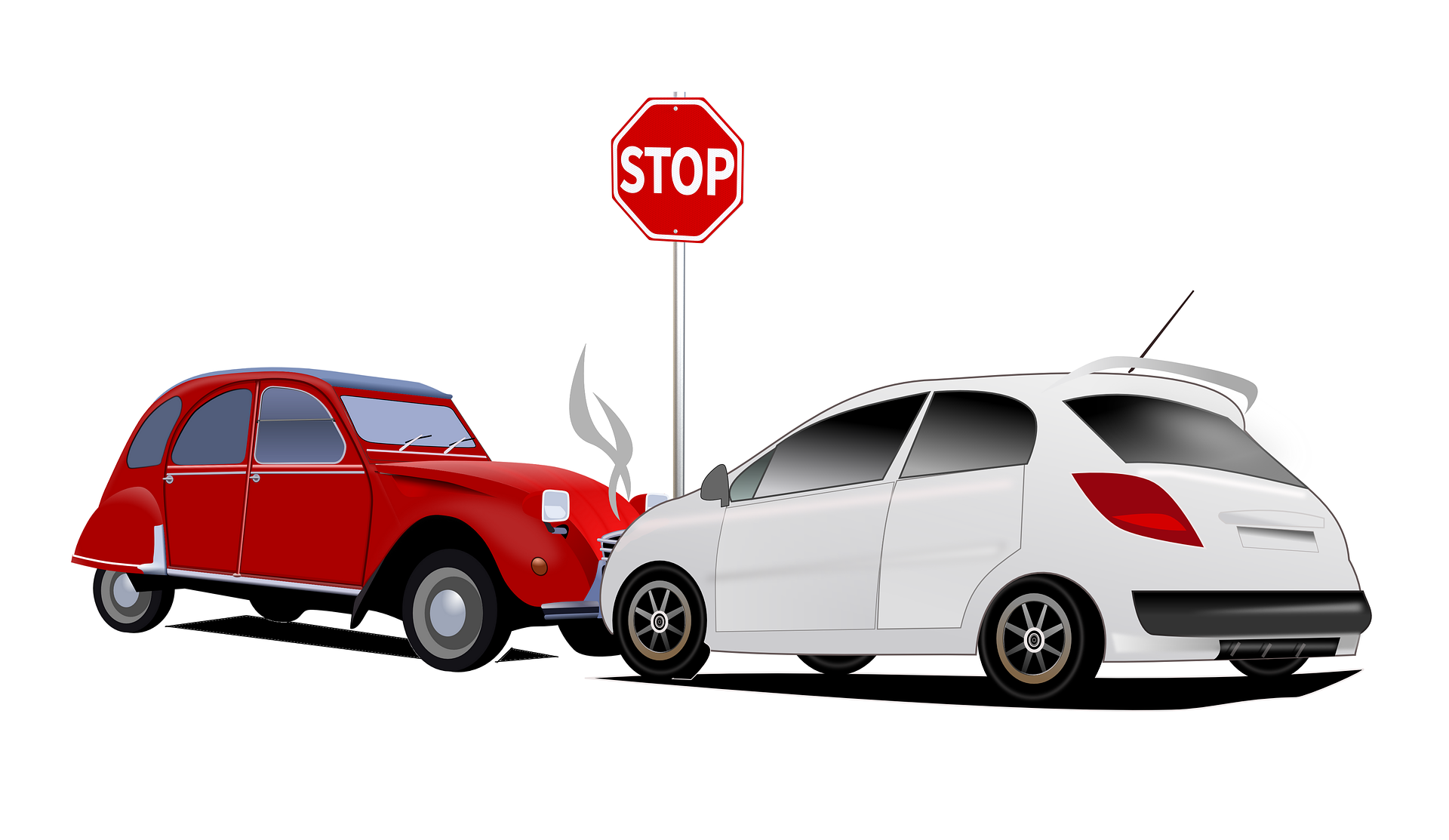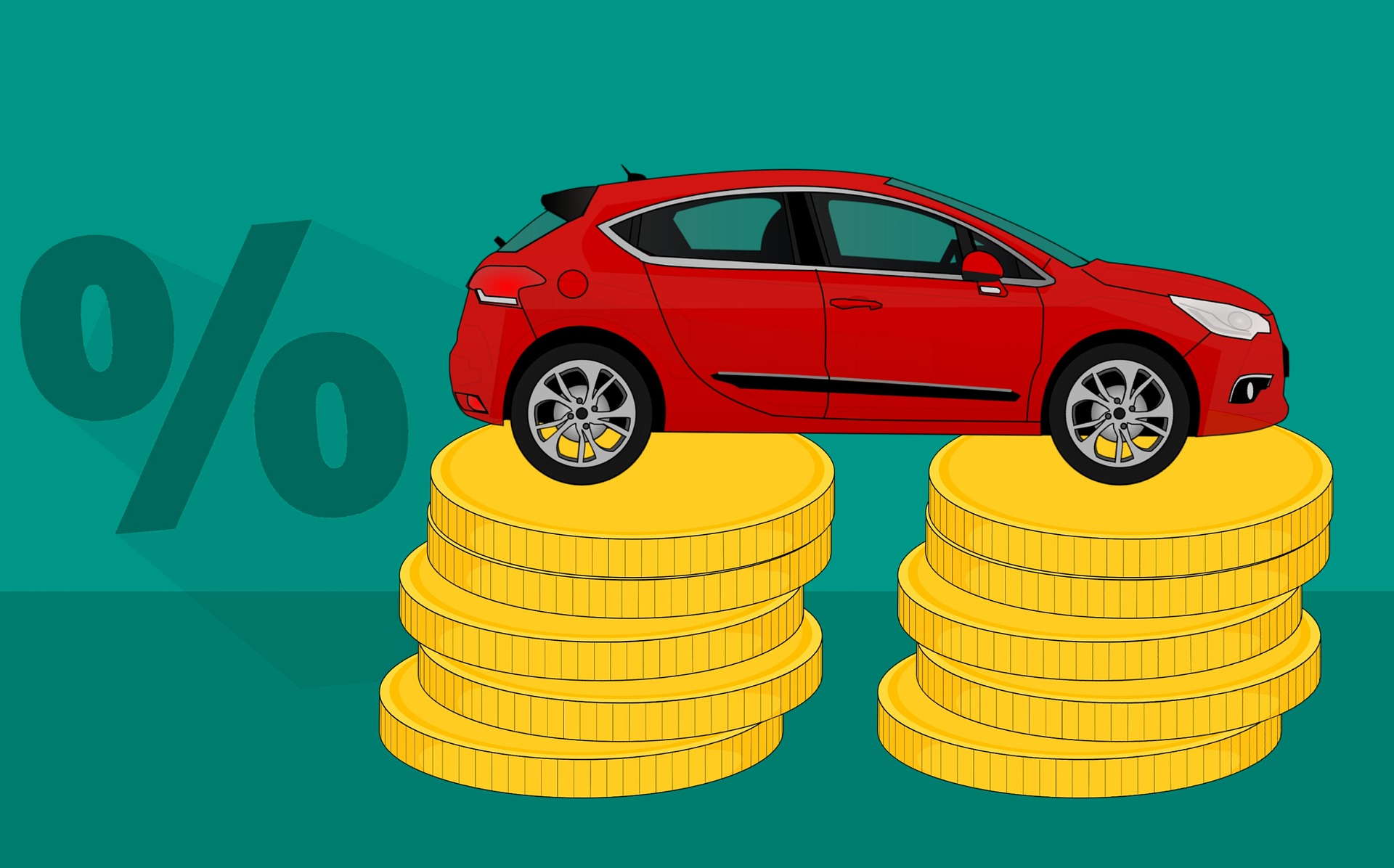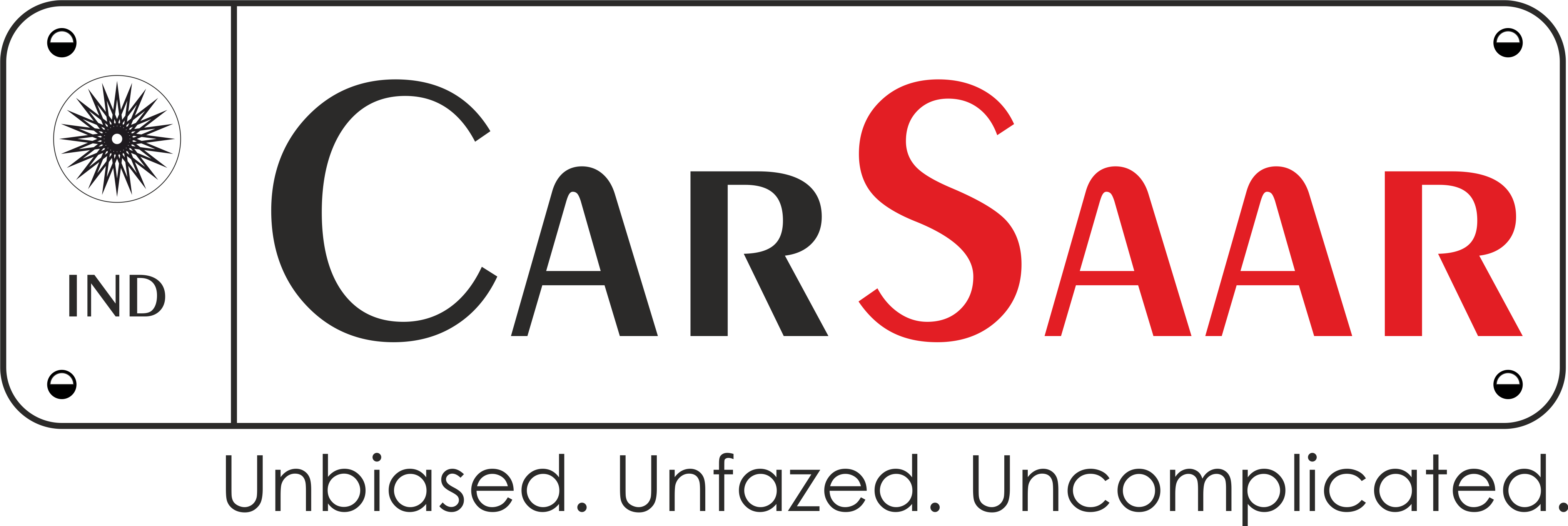Three-Year Insurance For Cars Mandatory From September 1
Saar: It was in July this year when SC directed IRDA to implement the ruling.

Is your car’s insurance cover expiring soon? Or are you planning to buy a new car? Well, get ready to pay a considerably higher insurance premium from September 1, 2018. Why? Instead of an annual cover for your car, you will have to buy a three-year insurance. It was in July this year when the Supreme Court of India (SC) directed Insurance Regulatory and Development Authority (IRDA) to implement the ruling from September.
The higher premiums will surely pinch car owners at first. But, there are a couple of important reasons based on which the ruling has been given a green light. The first reason is car owners will not have to face the hassle of renewing the insurance on an annual basis. The second reason and a rather more important one is that more of the cars plying on the roads will have insurance cover for most of the time. According to an IRDA report, around 50 per cent of vehicles on the move are uninsured.
So, what kind of insurance premiums are we looking at from next month? According to a report, the initial insurance premium for a new private car, which has an engine capacity of more than 1,500cc, will be at least Rs 24,305. That’s a significant rise from the annual premium of Rs 7,890. Needless to say, the insurance premiums will vary across models. The table below will give a basic idea of what kind of premiums new car owners can expect based on the engine capacity:
Comparison of New Car Insurance Premium (Basic): Annual Vs Three-Year
| Category (Engine Capacity) | Annual | Three-Year | Multiplier |
|---|---|---|---|
| < 1,000cc | Rs 1,850 | Rs 5,286 | 2.86 |
| Between 1,000cc and 1,500cc | Rs 2,863 | Rs 9,534 | 3.33 |
| > 1,500cc | Rs 7,890 | Rs 24,305 | 3.08 |

IRDA has directed all third-party insurers to start selling long-term products from the date decided by the SC. The insurance regular has given the insurers the flexibility to offer long-term package cover – ‘own-damage’ and ‘third-party’ – or a combination of those.
The insurance regulator has also explained how the insurers will treat the long-term premiums. The premium will be recognised on a yearly basis. What that means is although the car owners will pay for a three-year insurance cover, the insurers will divide the premium by the coverage duration and treat that amount as the gross premium for that year. The remainder will be treated as an advanced premium. Let’s explain it with an example. Say, you have to pay Rs 30,000 for a three-year insurance cover. The insurance company will divide the premium by the duration, which gives Rs 10,000 as an answer. This amount will be treated as the gross figure for the first year and the remainder of Rs 20,000 will be treated as an advance premium.
Under the three-year period, the insurer or the policyholder cannot cancel a third-party cover. The only exceptions in which cancellation is possible during the term include:
- Double insurance
- Vehicle not in use
- Vehicle sold or transferred

Another important aspect is that the no-claim bonus would only be applicable on the own-damage component. In case of a claim, IRDA will separately decide the commission payable for long-term cover. The payment of commission in a year will be on the gross premium for that year only.
The calculation of insurance premiums for in-use cars will, of course, be different. Although, how will that be calculated is still under wraps. Expect IRDA to come up with a detailed calculation method for premiums applicable on such vehicles.
Source: ETAuto





